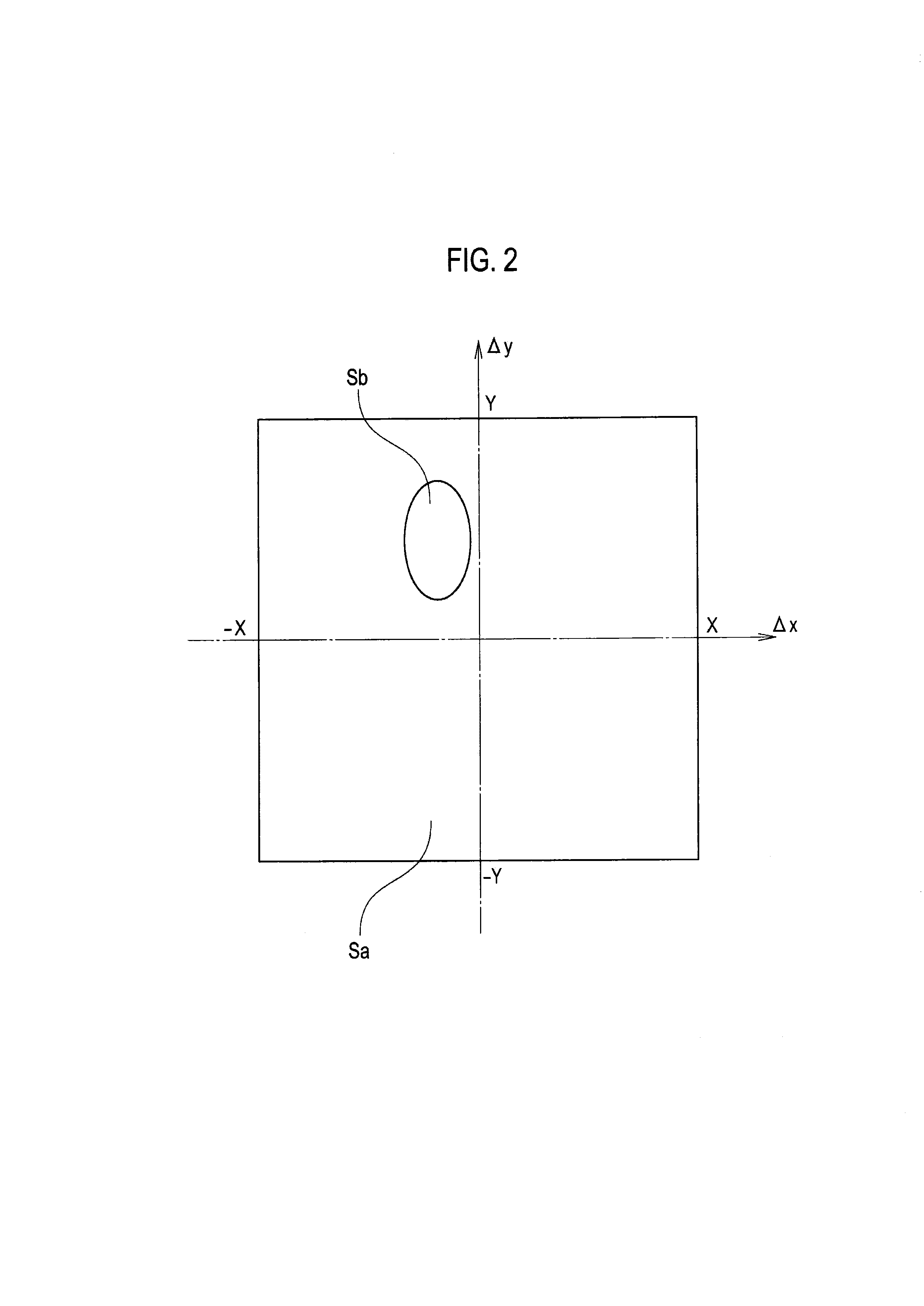Method of detecting space debris
a technology of space debris and detection method, applied in the direction of instruments, cosmonautic vehicles, transportation and packaging, etc., to achieve the effect of simple processing and efficient detection of space debris
- Summary
- Abstract
- Description
- Claims
- Application Information
AI Technical Summary
Benefits of technology
Problems solved by technology
Method used
Image
Examples
Embodiment Construction
[0028]An embodiment of the present invention will be described below with reference to the drawings.
[0029]First of all, as a typical example of processing for detecting space debris from multiple images captured at time intervals by means of image processing, a basic concept of space debris detection processing employing the stacking method will be described with reference to an explanatory view of FIG. 1.
[0030]Optical observation from the ground is widely used as a method of detecting space debris on the geostationary orbit. Images captured at the time of observation are subjected to image processing and space debris is detected by distinguishing the space debris from the background based on brightness. However, dark space debris having a very small brightness difference and hence being indistinguishable from the background may exist on the images. The stacking method has been known as a method capable of detecting such dark space debris.
[0031]Here, a space debris piece D being a d...
PUM
 Login to View More
Login to View More Abstract
Description
Claims
Application Information
 Login to View More
Login to View More - R&D
- Intellectual Property
- Life Sciences
- Materials
- Tech Scout
- Unparalleled Data Quality
- Higher Quality Content
- 60% Fewer Hallucinations
Browse by: Latest US Patents, China's latest patents, Technical Efficacy Thesaurus, Application Domain, Technology Topic, Popular Technical Reports.
© 2025 PatSnap. All rights reserved.Legal|Privacy policy|Modern Slavery Act Transparency Statement|Sitemap|About US| Contact US: help@patsnap.com



